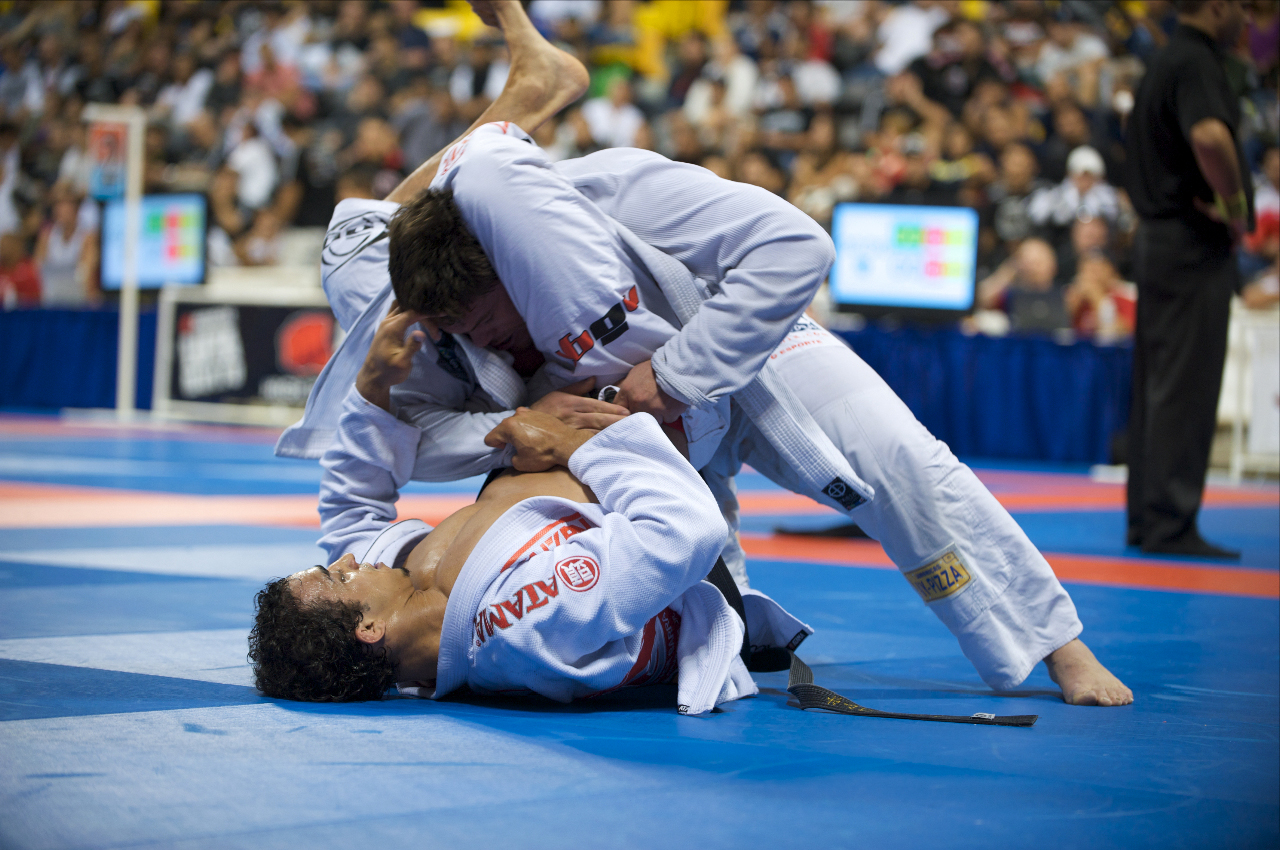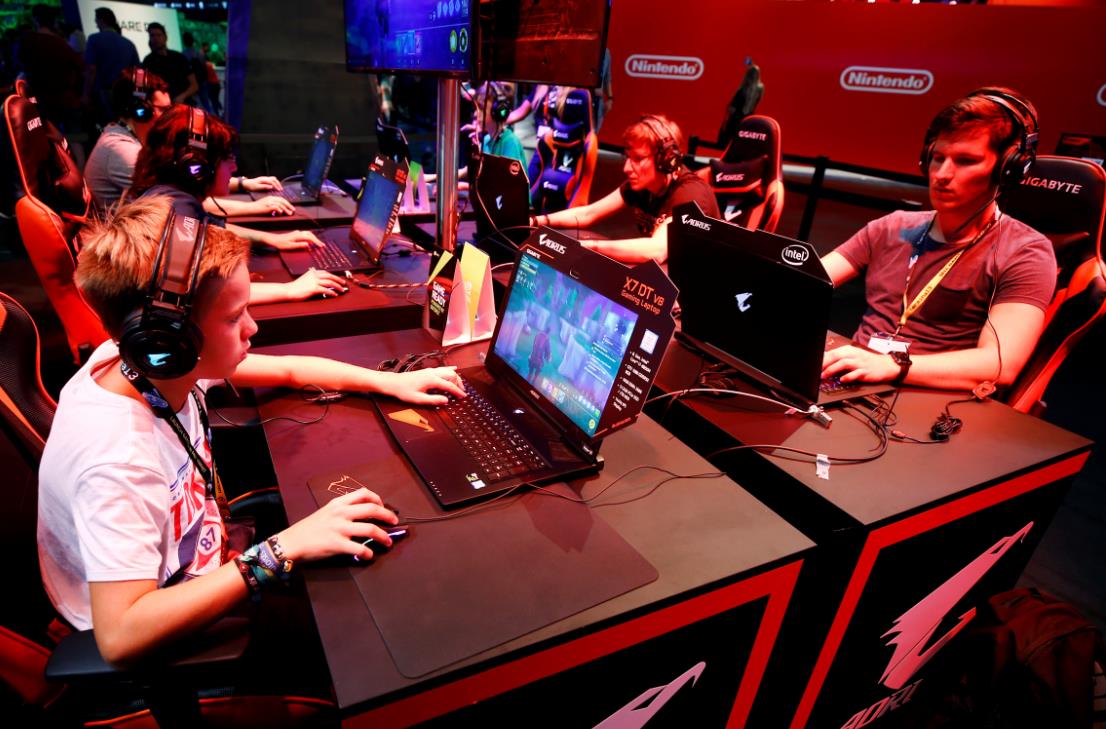Jiu-jitsu Ranking System
When you tell someone you practice Brazilian Jiu-Jitsu, their initial impression is likely to be of a person wearing a gi and having a belt around their waist.
If you tell someone you have a white or blue belt, you may fear that they will find it absurd, and you might worry that they are correct. But some people believe that BJJ belt ranks genuinely signify anything.
Everything you need to know about BJJ belts and their significance is covered in this comprehensive guide.
The Five Principal BJJ Belt Ranks
White Belt
While some white belts may have expertise with grappling techniques, such as wrestling, most newbies start while knowing nothing and be prepared to learn everything from scratch. After they’ve mastered tying their belts, white belts should move on to more practical matters.
Seeing them repeatedly submit you on the mat might be disheartening when you’re smaller than your opponent. The effectiveness of BJJ training is shown by the fact that even someone much smaller than you can submit you.
You don’t have to be the victor every time as a white belt. The pressure exerted while the sparring is where your attention should be directed (rolling). If you’re having trouble getting your opponent to submit, you may always strike them using the techniques you learned in class. If you hit a sweep, keep your position, or get out of a poor position, you might consider your roll successful.
BJJ blue belt
Most BJJ instructors agree that a student earns the rank of the blue belt if they can defeat opponents who are physically stronger than them, even if they haven’t gone through BJJ training. In many cases, even the newest white belts can keep up with the more experienced blue belts. However, to get a blue belt in Brazilian jiu-jitsu, you must be at least 16 years old, according to the International Brazilian Jiu-Jitsu Federation (IBJJF).
Purple Belt
According to Firas Zahabi, a black belt who had training under John Danaher, a purple belt is the first advanced level in BJJ. The relationship between purple and blue belts should mirror that between blue and white belts. White belts may learn a lot from purple belts about art fundamentals. Your gym’s purple belt can act as the “mat enforcer.”
Moreover, a brown belt is considered the starting point for honing one’s “game,” or the BJJ technique used in competition. Most students receiving their purple belt in BJJ know the fundamentals and can begin stringing together various moves. Many people who achieve the rank of the purple belt are shocked to hear that they may continue their training and eventually acquire the rank of the black belt.
Competing at the IBJJF purple belt level needs two years of experience at the blue belt level and a minimum age of 16. For this reason, getting your competition registration in with the IBJJF as soon as feasible is strongly recommended. IBJJF events include many of the world’s best Jiu-Jitsu practitioners.
Brown Belt
IBJJF brown belts must be 17 years old and have 18 months of purple belt experience. Players at the brown belt level should have honed their skills. At this belt level, it’s also important to devote some time to developing your skills in areas of Jiu-Jitsu where you feel less confident.
At the brown belt level, the IBJJF permits more advanced techniques like heel hooks and reaping, which may make competing seem more difficult. In many BJJ schools, students learn to pass the guard before being introduced to leg locks. Before signing up for a tournament, athletes should feel confident in their ability to practice for both leg assaults and defenses.
Black Belt
You’ll need ten years of training to earn a black belt in martial arts. (Although others have gotten there sooner, like BJ Penn.) Having a black belt means you are the undisputed leader of your gym. Your clients come to you with inquiries ranging from the most fundamental to the most advanced methods. It’s the “heaviest” belt you can wear.
When it comes to giving out black belts, many teachers are selective and only give them to those they consider to be of exemplary character. In Brazil, those who have attained the rank of black belt are sometimes given the honorific “professor.” It takes three years to get the first three stripes. It takes five years at the previous level to advance to the 4th, 5th, or 6th positions.
For the IBJJF to approve a competitor, they must be at least 19 years old. In addition, the IBJJF only acknowledges athletes who have held a brown belt for at least a year and are registered with the organization. Additionally, you must finish CPR and referee training to become an IBJJF-recognized black belt.
Bottom Line
Brazilian Jiu-Jitsu black belts are highly recognized due to their lengthy training. In other major martial arts, you may get your black belt considerably more quickly with consistent practice. Good training facilities like Ellis Academy of Self Defence have a lot of classes that you can choose from. If you live in Redhill, you can opt for Royce Gracie Jiu-Jitsu & Self Defence classes that will help you empower yourself.
The belt system in BJJ may seem archaic to some, yet it is still an integral element of the tradition and culture of the sport and the martial arts in general.



